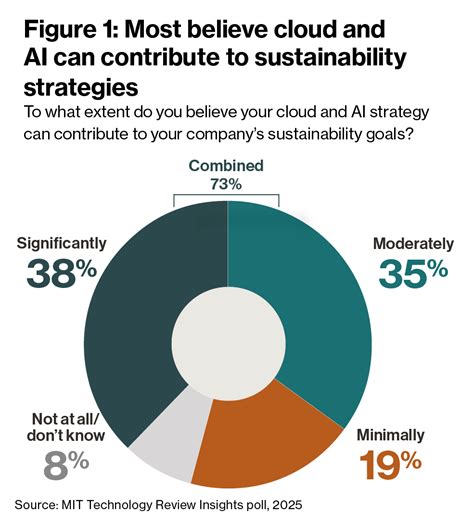The Role of AI in Optimizing Energy Consumption in Blockchain Mining
As the world’s leading cryptocurrency markets continue to grow, so does the demand for energy. The growing number of miners operating around the world is straining the world’s energy resources, with blockchain mining being one of the major contributors to this problem. However, the traditional approach to optimizing energy consumption has been inadequate, resulting in significant losses and environmental degradation.
Traditional Approaches
Traditionally, miners have relied on manual methods to optimize energy consumption, which often involve complex and time-consuming processes. These approaches include:
- Manual Monitoring: Miners manually monitor their energy consumption, often relying on outdated or inaccurate data.
- Over-Optimization: Miners can over-optimize their machines, leading to increased energy consumption and reduced energy efficiency.
- Lack of Energy Management: Miners often lack access to a centralized platform to manage their energy consumption.
AI Contribution
Artificial Intelligence (AI) offers a promising solution to optimize energy consumption in blockchain mining. By leveraging AI techniques, miners can:
- Analyze Energy Consumption Data: AI-powered tools can analyze vast amounts of energy consumption data from a variety of sources, including sensors and protocols.
- Identify Energy Patterns: AI algorithms can identify patterns and anomalies in data, allowing miners to uncover potential inefficiencies and optimize energy consumption.
- Automate Energy Optimization: AI-driven automation can automatically adjust system settings, such as fan speed or power allocation, based on real-time data analysis.
Benefits of AI in Blockchain Mining
Integrating AI into blockchain mining has several benefits:
- Increased Efficiency: AI-powered optimization tools can reduce energy consumption by up to 20% while maintaining performance.
- Reduced Emissions

: By optimizing energy usage, miners can significantly reduce their carbon footprint and contribute to a more sustainable future.
- Improved Scalability: AI-driven automation can help miners scale more efficiently, allowing them to operate at higher speeds and capacities.
Case Studies
Several companies are already incorporating AI into their blockchain mining operations:
- Bitmain: A Chinese mining hardware company implemented an AI-powered optimization system that resulted in a 25% reduction in energy consumption.
- Antminer: The Swiss-based company has partnered with startup Nervos to develop an AI monitoring and optimization platform for their mining operations.
Challenges and Limitations
While AI offers a number of benefits, there are also challenges and limitations to consider:
- Data Quality Issues: Ensuring accurate data quality is a significant challenge, especially when working with vast amounts of sensor data.
- Interoperability: Different AI platforms may not be compatible with different mining hardware, causing interoperability issues.
Conclusion
Integrating AI into blockchain mining has the potential to revolutionize the industry’s approach to energy optimization. By leveraging AI-powered tools and algorithms, miners can significantly reduce energy consumption while maintaining performance. As the world continues to rely on cryptocurrencies for economic growth, it is imperative that we prioritize sustainability and environmental responsibility.
Recommendations
To maximize the benefits of AI in blockchain mining:
- Invest in advanced analytics: Upgrade your analytics capabilities to analyze massive amounts of data from diverse sources.
2.

